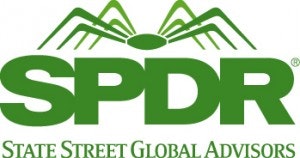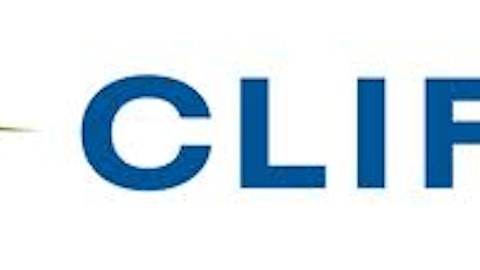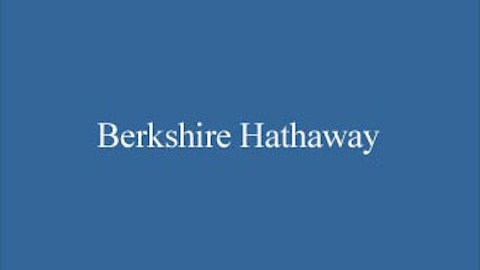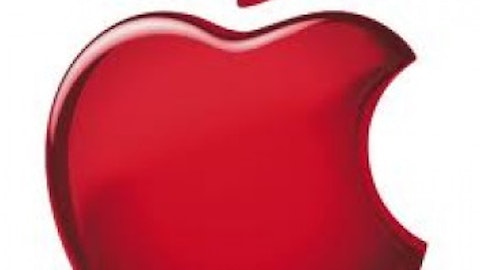
Never have junk-rated companies found it so easy to raise capital. Investors yearn for some semblance for yield, as corporate debt yields dive in a low interest rate environment. Investment grade AA-rated bonds with a maturity of 10 years trade at a yield of 2.57%.
Low rates brought billions in inflows to the largest junk funds, SPDR Barclays Capital High Yield Bnd (NYSEARCA:JNK) and iShares iBoxx $ High Yid Corp Bond (NYSEARCA:HYG)
Why junk bonds aren’t really a good value
Moody’s released a note on May 15 warning investors about the risk in junk debt. Moody’s uses a “Covenant Quality Index,” an index of its own design, which tracks covenant protection on a scale ranging from 1 to 5, with 5 being the worst possible rating. In April, Moody’s scoreboard revealed a 4.02 reading for the index, making it one of the worst readings in the past year.
Covenants are requirements intended to protect the investor from the issuer. A covenant might require a company to repay its debt before issuing a dividend, or restrict a borrower from borrowing more money until all high-yield debt is repaid. A covenant protects the capital structure of a firm, primarily the debt investor, from executive actions that risk investment capital.
With more high yield issues reaching the market with no or very light covenants, investors expose themselves of financial risks borne by overactive corporate managers.
A look through junk portfolios
The SPDR Barclays High Yield Bond ETF has bonds from Calpine listed as one of its largest holdings. Calpine is a high-risk energy producer that turns natural gas into electricity. This isn’t your average utility, it isn’t part of the low-risk regulated markets, and much of its production is not contracted, meaning its profits ebb and flow with the price of natural gas. The company also has a debt-to-equity ratio nearly twice that of its power generation peers, yet its bonds, which trade at a premium to par, are selling at a yield-to-maturity of 5.8%, with maturity still eight years away. I should mention this company has already gone bankrupt once, in part because of excessive leverage. It doesn’t seem as though it’s lost its appetite for a debt-heavy capital structure.
This is an example of the quality one gets in a junk bond fund. SPDR Barclays High Yield Bond ETF purports to offer wide diversification and claims ownership of 594 different securities, but more than 86% of its bonds are held in a highly-cyclical, capital-intensive sector (industrials) that is highly exposed to a rise in interest rates.
iShares High Yield Corporate Bond ETF has a much safer spectrum of exposure, holding everything from consumer staples to oil and gas and financials (consumer staples make up just under 16% of the portfolio). However, the fund offers an unimpressive yield to maturity of 4.8%, given that it is primarily invested in BB- credits (Moody’s rating).
A recent blog post from the Wall Street Journal highlights how easy it is for junk firms to raise capital. Executives from Starwood Property Group (a leading debt issuer in junk bond ETFs) were “almost apologetic” at how easy it had become to raise debt capital. Starwood Property Group is a highly-speculative real estate developer.





